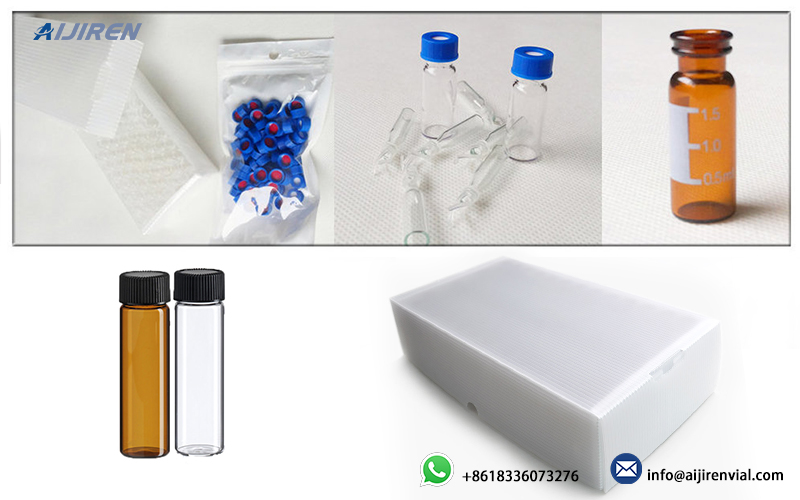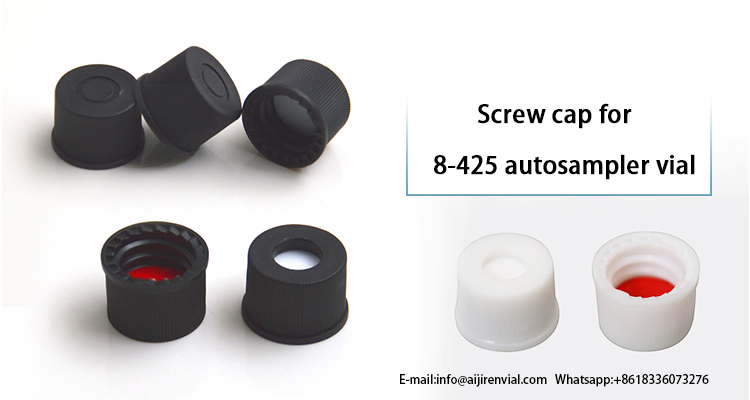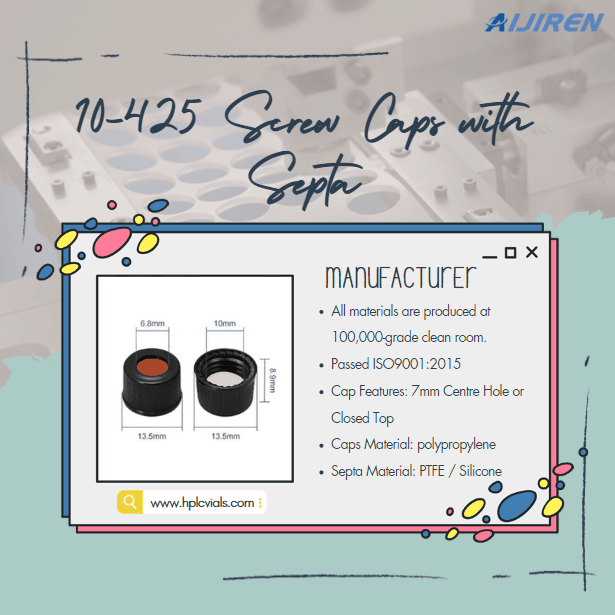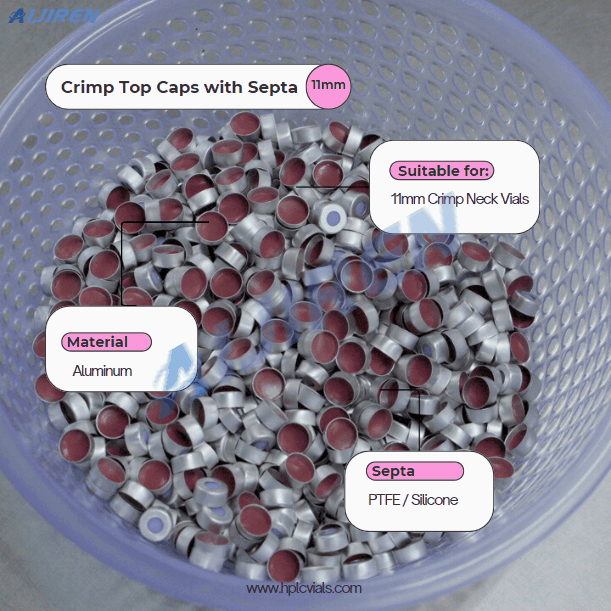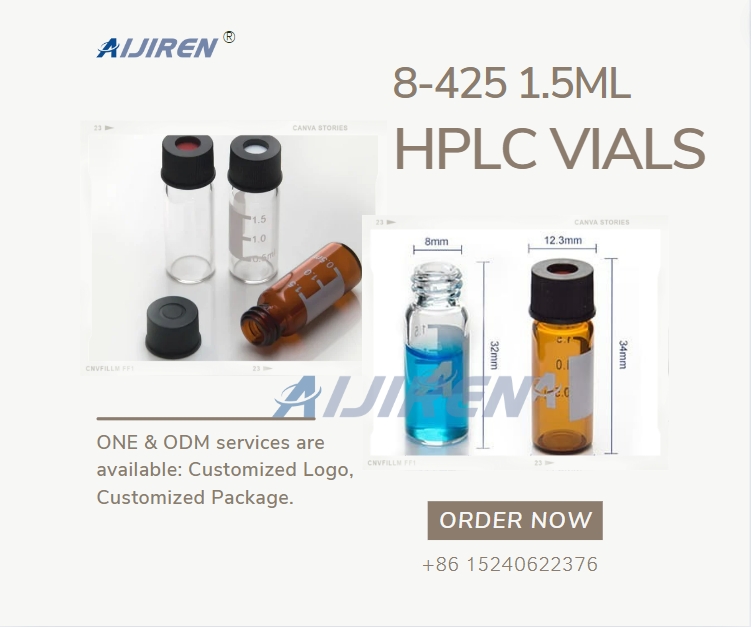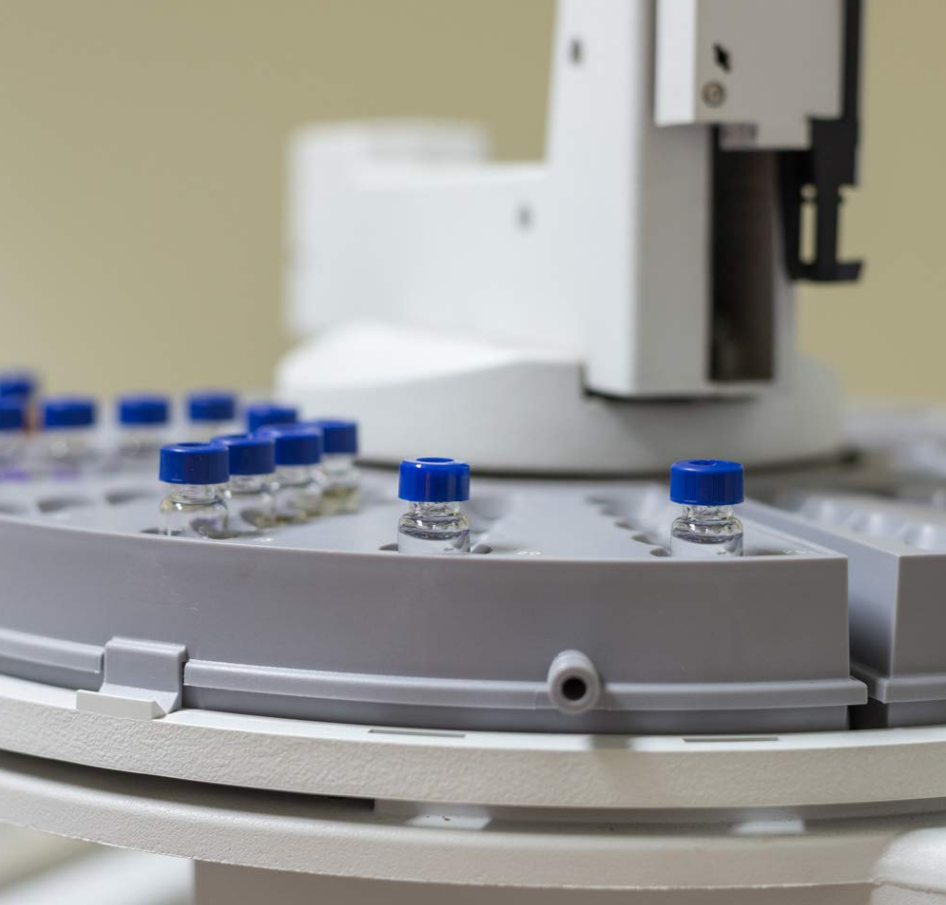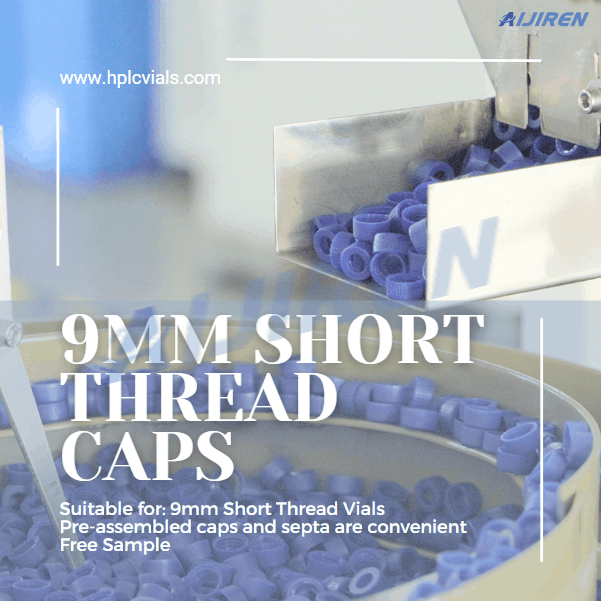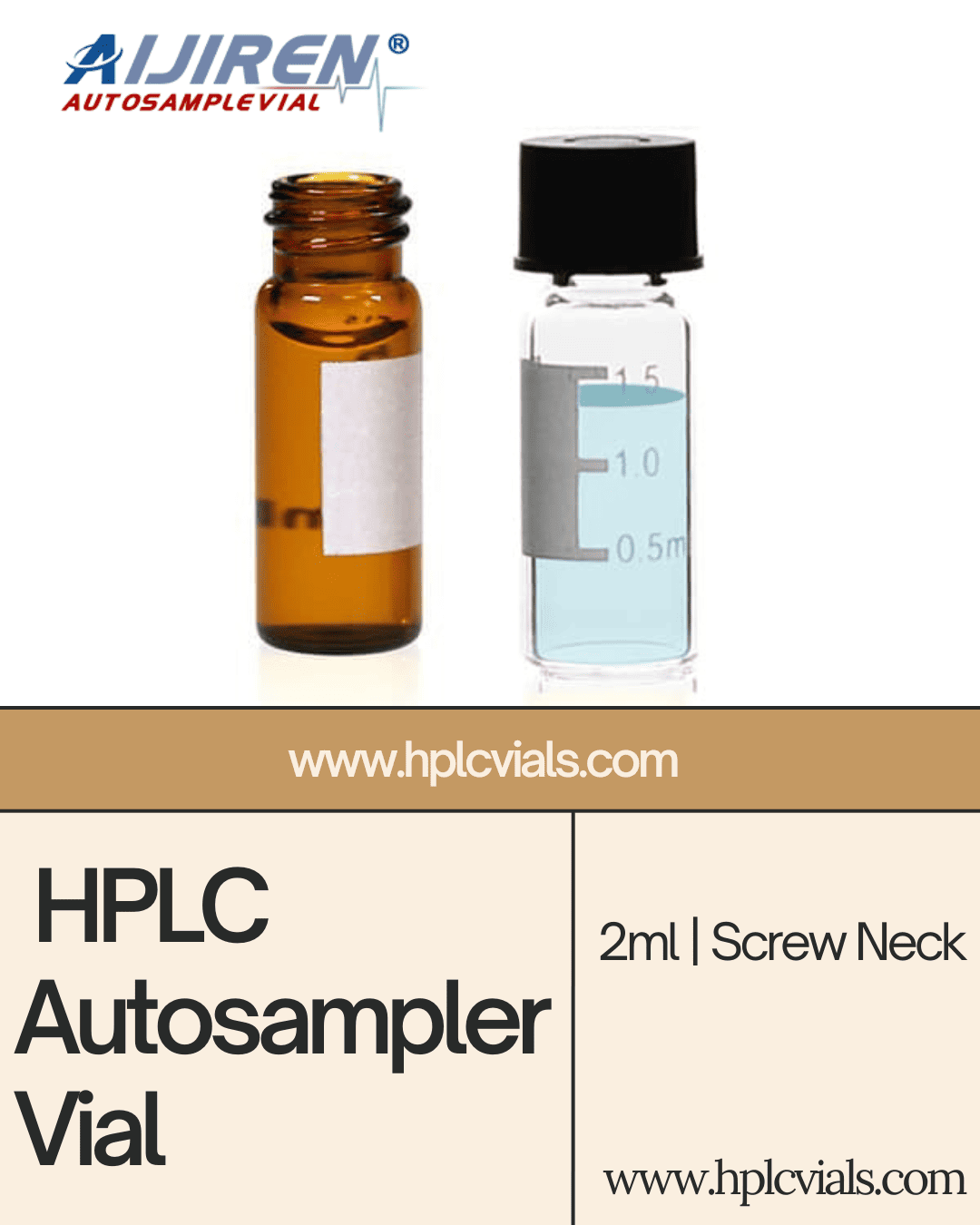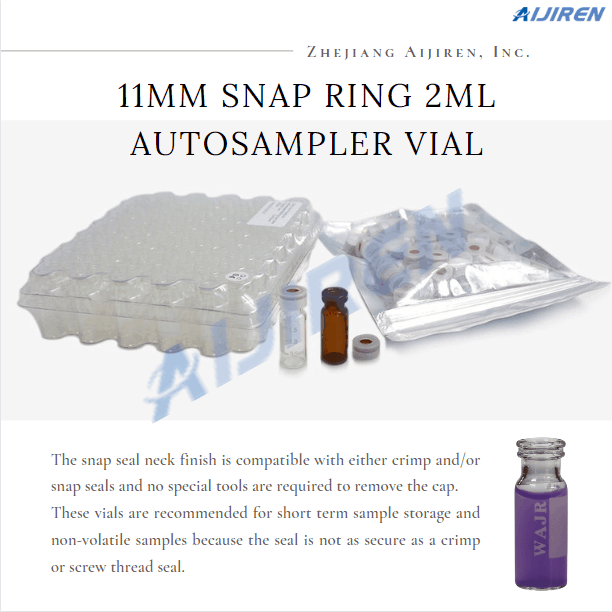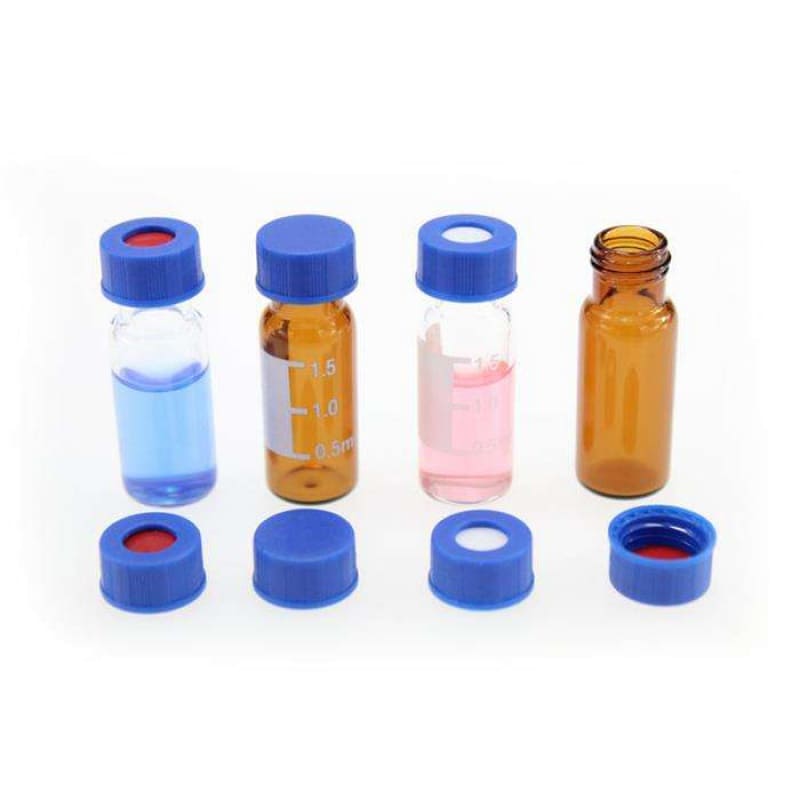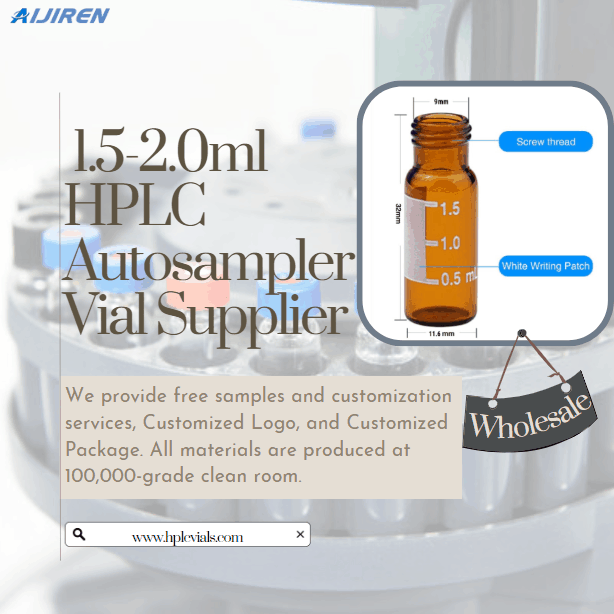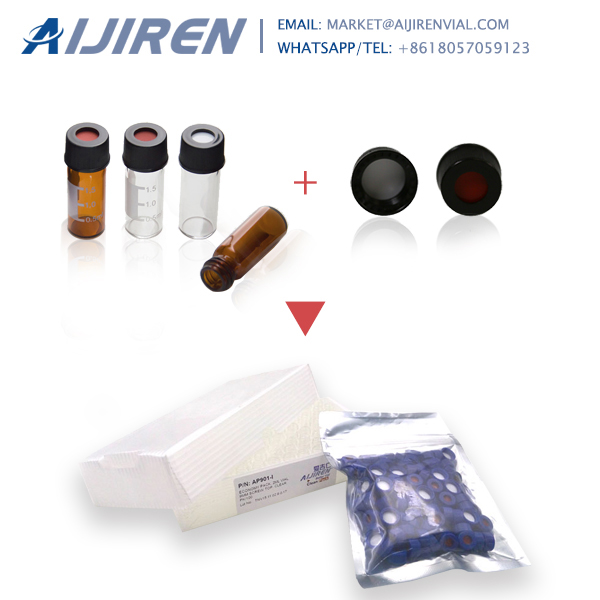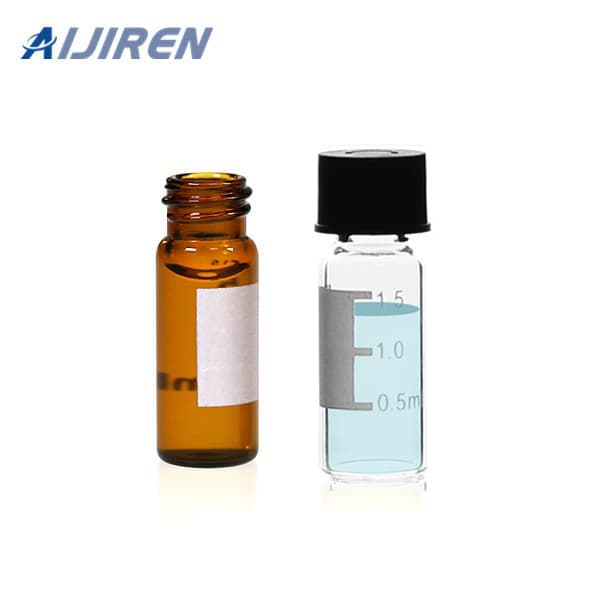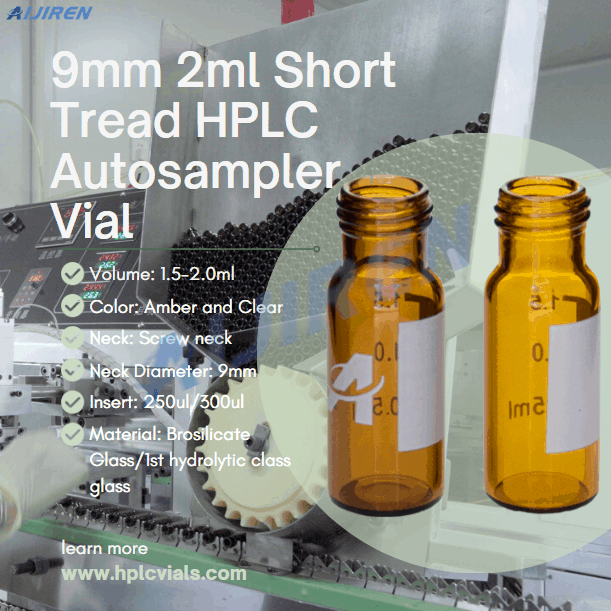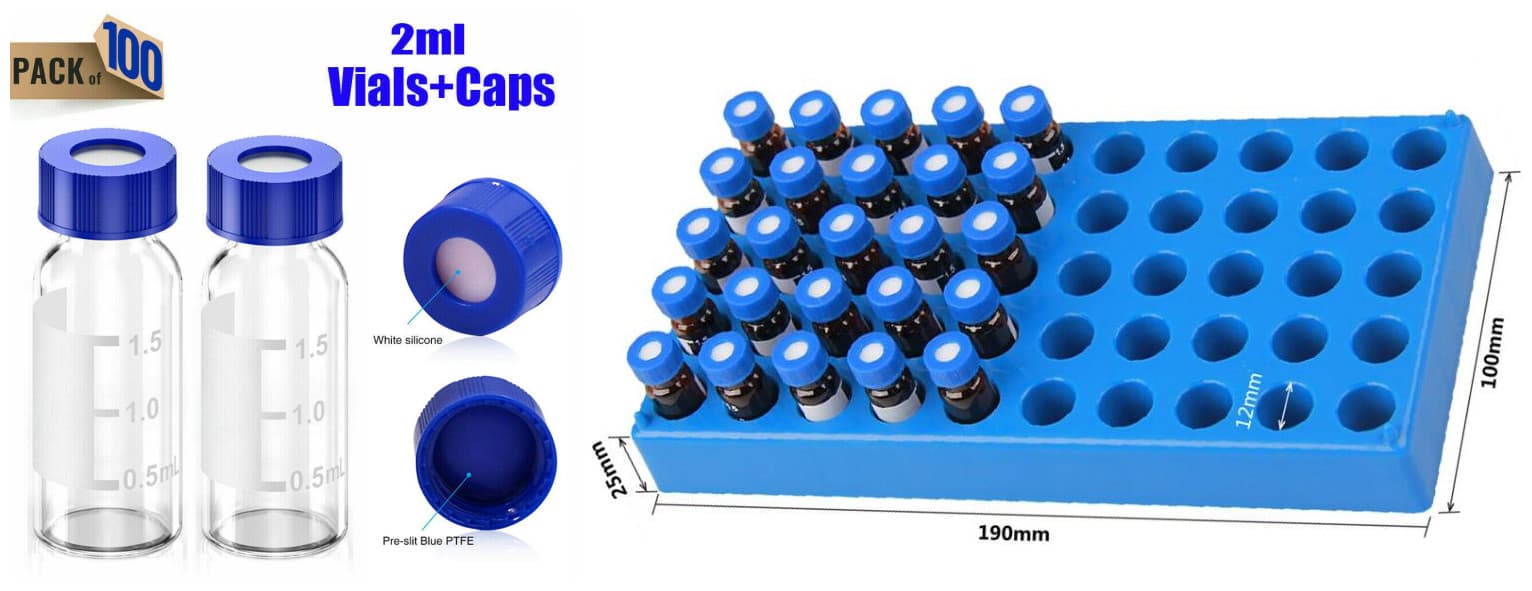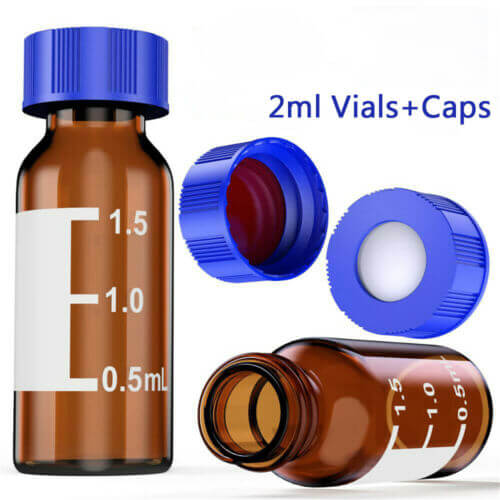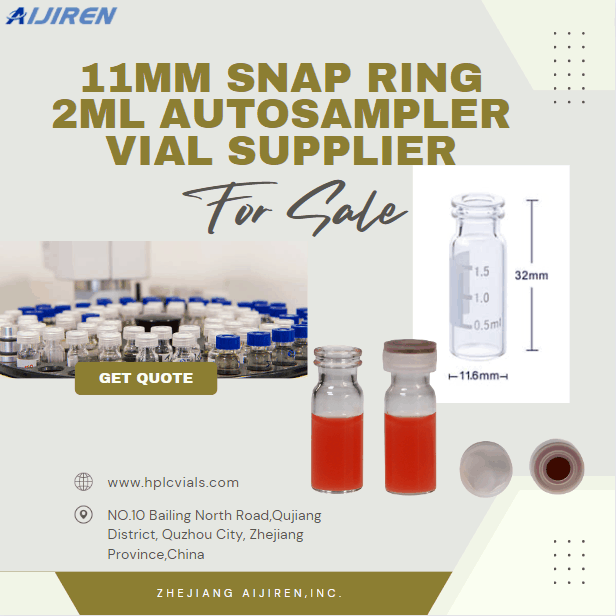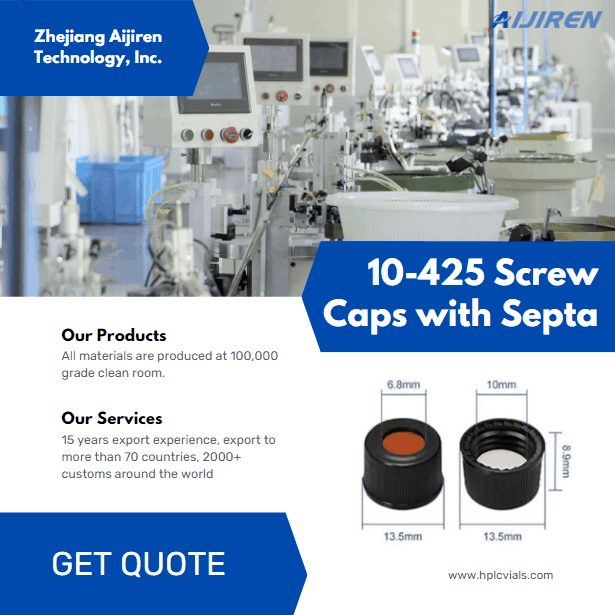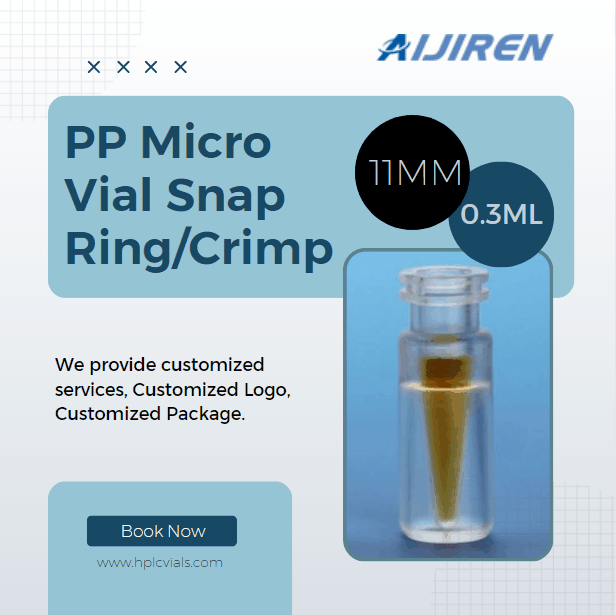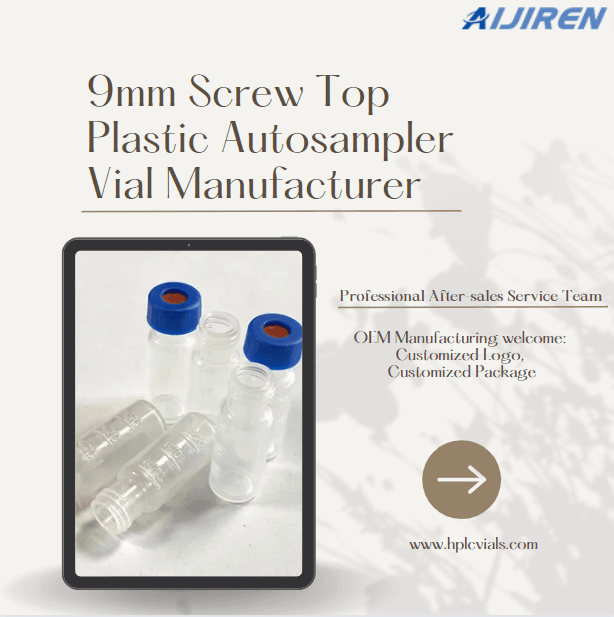Everything You Need to Know About LC-MS Sample Preparation
Liquid Chromatography-Mass Spectrometry (LC-MS) stands as a gold standard in analytical chemistry, combining the physical separation power of liquid chromatography with the mass analysis capabilities of mass spectrometry. However, the most sophisticated instrument cannot compensate for poor input. LC-MS sample preparation is not just a preliminary step; it is the critical foundation that determines the accuracy, sensitivity, and longevity of your analytical workflow.
Why Sample Preparation is Critical in LC-MS
Skipping or rushing the preparation phase often leads to instrument downtime and compromised data. A robust preparation strategy serves three vital functions for your laboratory.
Removing Matrix Interferences
Biological fluids, food matrices, and environmental samples contain complex “matrices”—salts, lipids, and proteins—that interfere with analysis. Effective preparation removes these contaminants. If left untreated, they cause ion suppression, where the matrix competes with the analyte for ionization, leading to inaccurate quantification and reduced sensitivity.
Improving Sensitivity and Concentration
For trace analysis, the target analyte often exists below the instrument’s detection limit. Sample preparation allows you to concentrate the analyte from a large volume into a smaller, cleaner solvent volume. This process significantly improves signal-to-noise ratios and lowers limits of detection (LOD).
Ensuring LC-MS System Compatibility
Injecting “dirty” samples can clog the injector, foul the ion source, and permanently damage the column. Proper cleanup ensures the sample solvent matches the mobile phase, preventing peak distortion and extending the lifespan of your LC-MS columns and guard cartridges.
Core LC-MS Sample Preparation Techniques
Selecting the right technique depends on your analyte’s chemistry and the complexity of the sample matrix.
Solid Phase Extraction (SPE)
Solid Phase Extraction (SPE) is highly effective for isolating and purifying analytes from complex mixtures. It uses a solid sorbent to selectively retain the target compound while washing away impurities.
-
Mechanism: The sample passes through a cartridge; analytes bind to the sorbent, and interferences are washed away. The analyte is then eluted with a strong solvent.
-
Application: Ideal for high-sensitivity applications requiring maximum cleanliness.
-
Product Tip: Choosing high-quality Solid Phase Extraction cartridges with the correct sorbent chemistry (C18, HLB, or Ion Exchange) is essential for reproducible recoveries.
Protein Precipitation (PP)
This is the “workhorse” method for biological samples like plasma or serum.
-
Mechanism: A precipitating agent (organic solvent like acetonitrile or acid) is added to the sample to denature and precipitate proteins. The sample is then centrifuged, and the supernatant is injected.
-
Pros/Cons: It is fast and inexpensive but provides less cleanup than SPE, leaving behind lipids and salts that may cause matrix effects.
Liquid-Liquid Extraction (LLE)
Liquid-Liquid Extraction relies on the differential solubility of analytes between two immiscible liquids (usually water and an organic solvent).
-
Mechanism: By adjusting the pH, analytes are driven into the organic layer, which is then separated and evaporated.
-
Application: Excellent for removing salts and proteins, though often labor-intensive and requires large volumes of hazardous solvents.
Derivatization
For compounds that do not ionize well or are unstable, derivatization chemically modifies the analyte. This process adds specific functional groups to enhance ionization efficiency (electrospray ionization response) and improve chromatographic separation.
Trends in Automation and Miniaturization
Modern laboratories are moving away from manual pipetting to reduce human error and increase throughput.
Automating the Workflow
Implementing automated liquid handling systems for steps like SPE and protein precipitation ensures every sample is treated exactly the same. Automation improves precision (low %RSD) and frees up skilled analysts for data interpretation rather than manual labor.
Microfluidics and Miniaturization
As sample volumes decrease (e.g., dried blood spots or single-cell analysis), miniaturized techniques like nanoflow LC-MS and microfluidic chips are becoming standard. These technologies require specialized sample preparation kits designed for microliter-scale volumes.
Method Development and Validation Strategies
Creating a reliable LC-MS method requires a systematic approach to ensure data quality.
Systematic Optimization
Do not rely on guesswork. Systematically test different pH levels, solvent strengths, and wash steps. For SPE, generate an elution profile to determine the exact volume needed to recover the analyte without eluting interferences.
Regulatory Validation
Before a method is deployed, it must be validated. Key parameters include:
-
Recovery: Percentage of analyte retrieved.
-
Matrix Effect: Quantification of ion suppression or enhancement.
-
Reproducibility: Consistent results across different days and analysts.
By mastering these LC-MS sample preparation techniques, laboratories can ensure their data is not only accurate but also defensible in regulatory environments.
FAQ: LC-MS Sample Preparation
Q: What is the main difference between SPE and Protein Precipitation?
A: Protein precipitation is a rapid, non-selective method that primarily removes proteins. Solid Phase Extraction (SPE) is a selective technique that concentrates specific analytes while removing a broader range of interferences, yielding a cleaner sample.
Q: How do I reduce ion suppression in LC-MS?
A: You can reduce ion suppression by improving sample cleanup (using SPE or LLE instead of simple precipitation), improving chromatographic separation to resolve the analyte from the matrix, or using stable isotope-labeled internal standards.
Q: Can I automate Liquid-Liquid Extraction?
A: Yes, supported liquid extraction (SLE) is a technique often used as an automated alternative to traditional LLE, using diatomaceous earth cartridges to simulate the extraction process in a flow-through format.




